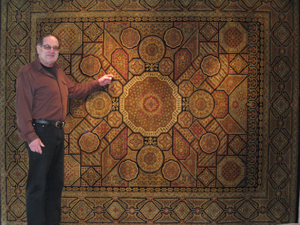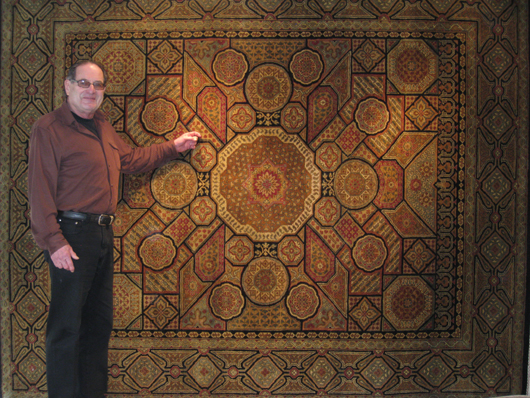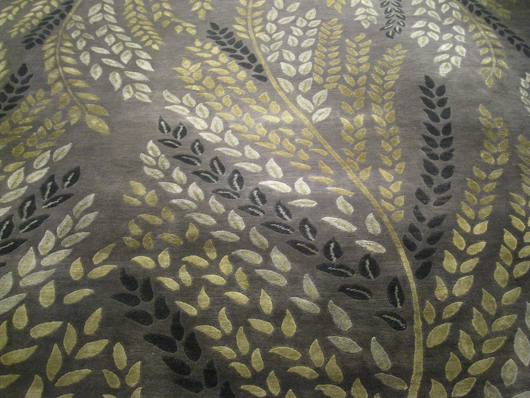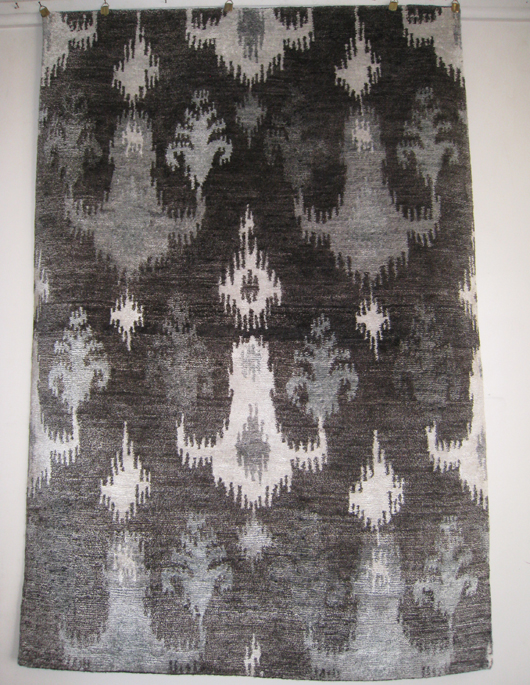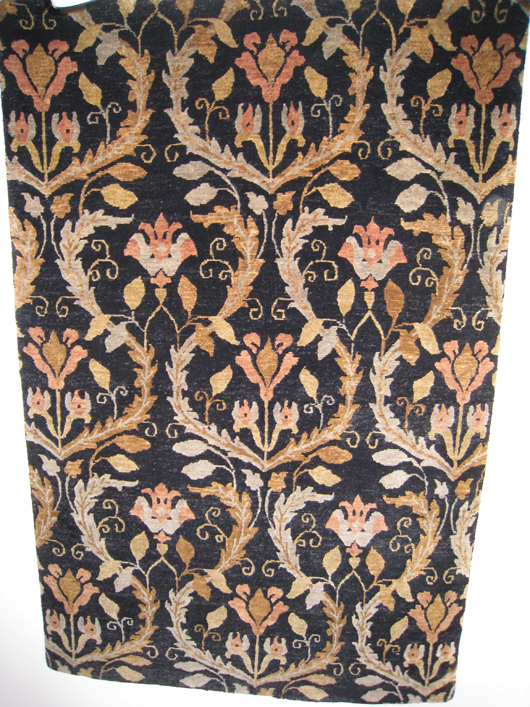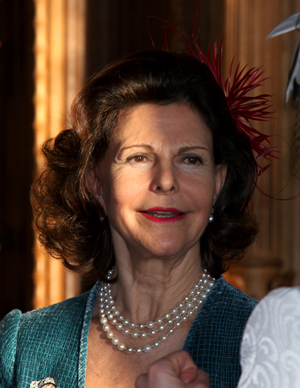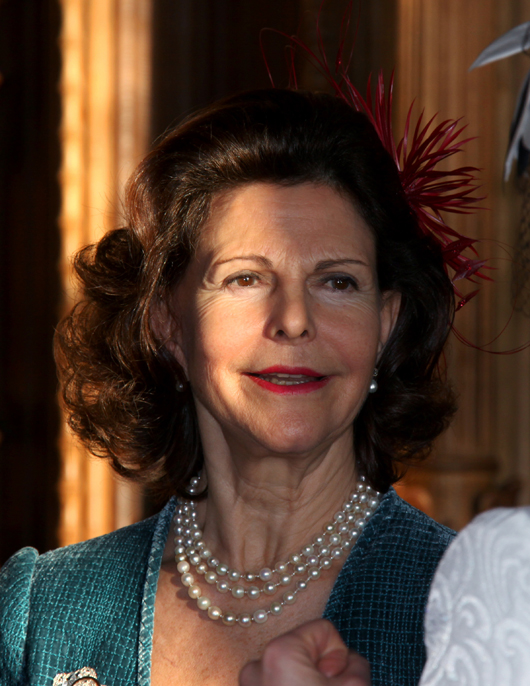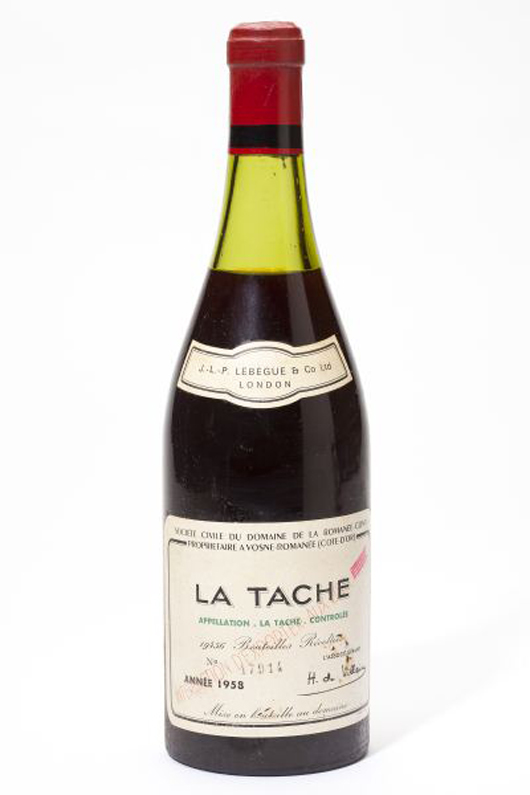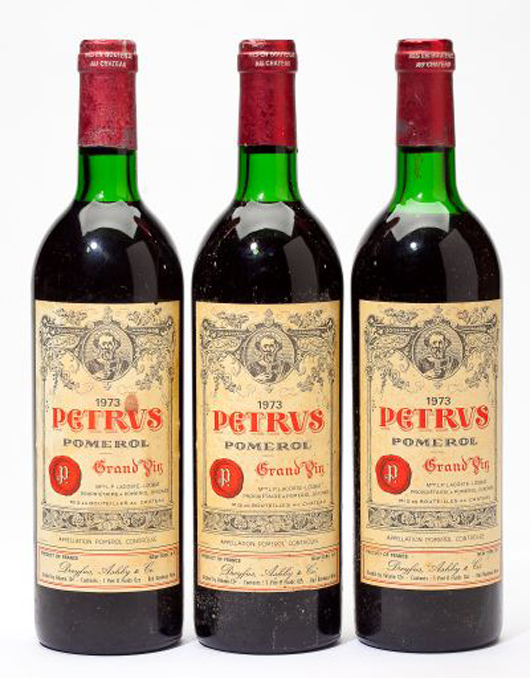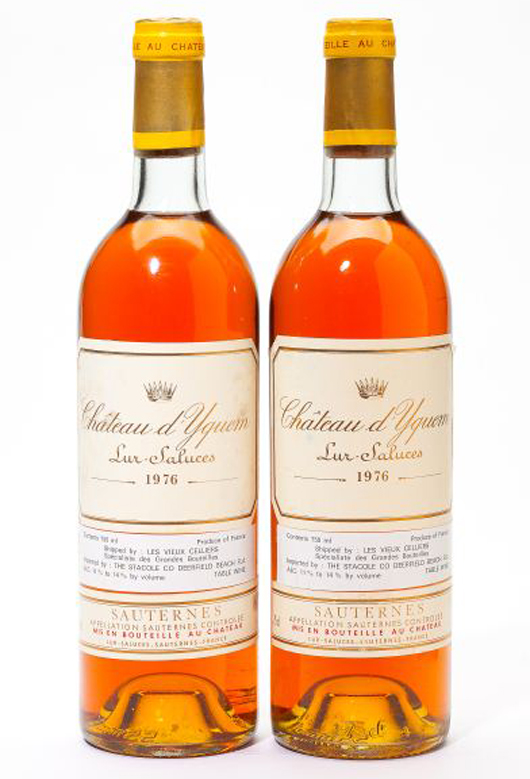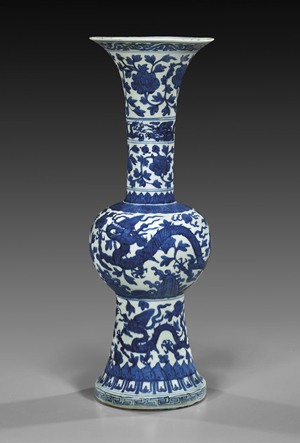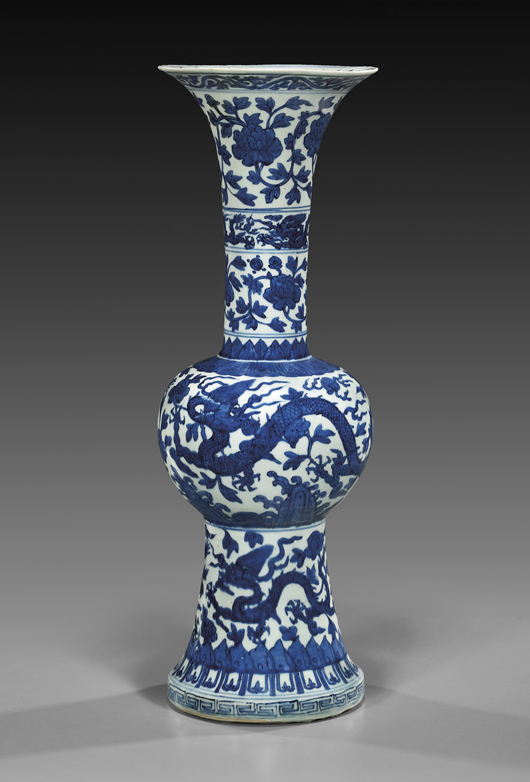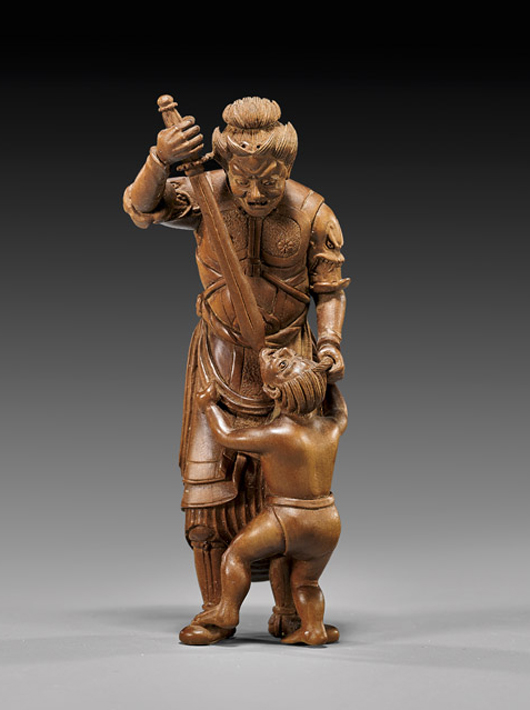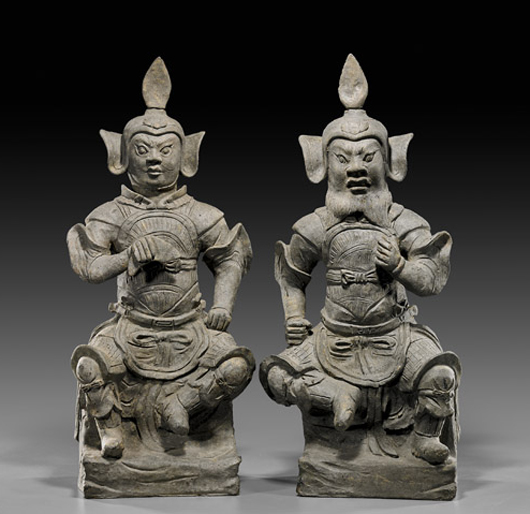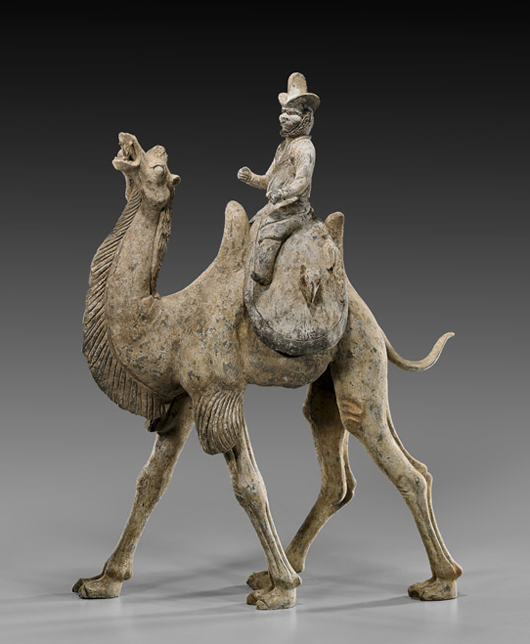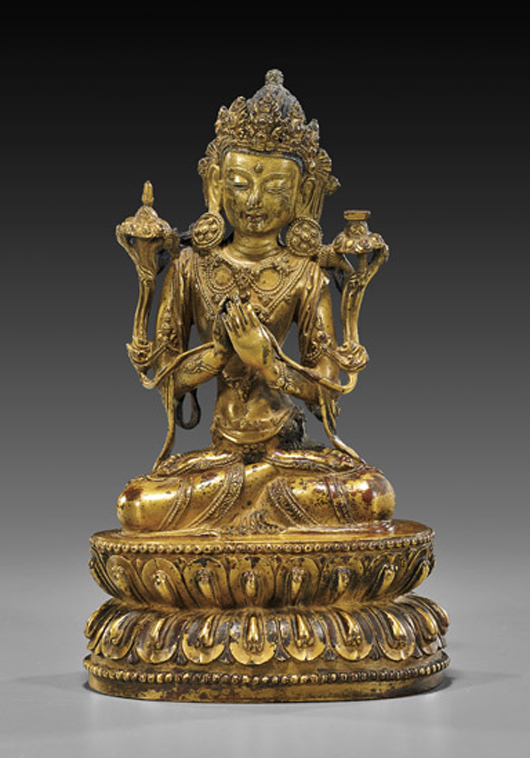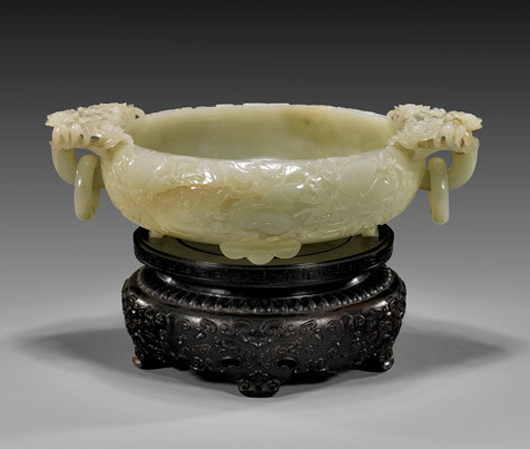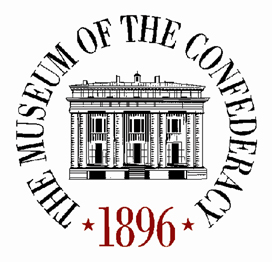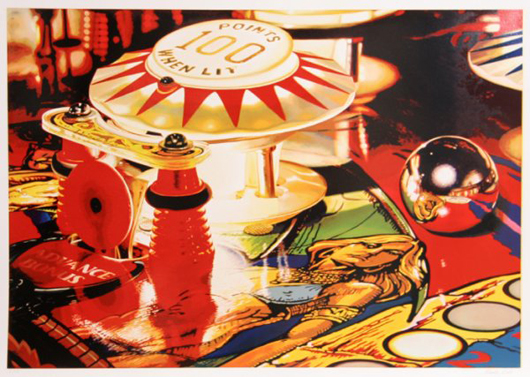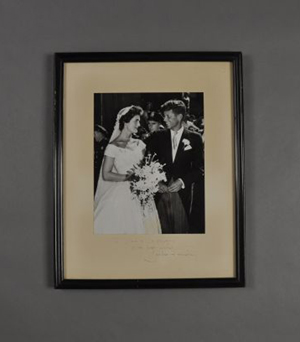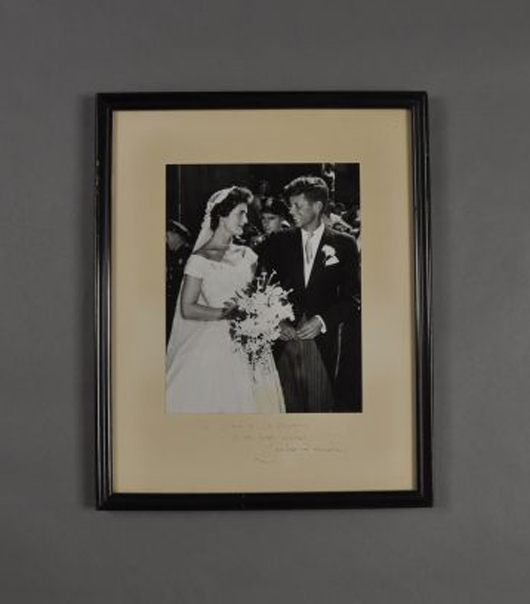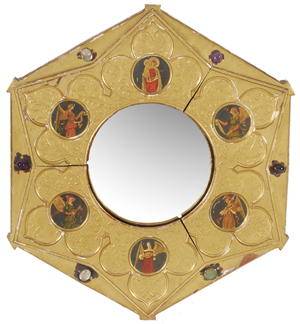
Joseph Edward Southall RWS (1861-1944), a convex wall mirror. Dreweatts & Bloomsbury Auctions image.
NEWBURY, England – Dreweatts & Bloomsbury Auctions will offer a rare opportunity to buy landmark items from a unique private collection spanning William Morris and the Arts & Crafts Movement on Wednesday, Feb. 27. LiveAuctioneers.com will provide Internet live bidding.
The Hodson Collection offers connoisseurs, collectors and lovers of William Morris and the Arts & Crafts Movement a unique opportunity, and possibly the last opportunity, to buy key pieces with an unparalleled and unbroken provenance.
Eric Knowles, a consultant at Dreweatts & Bloomsbury Auctions and a familiar face on high profile television programs and documentaries, says of the Hodson Collection, “It is rare in one’s career to have the opportunity to handle an important collection which is a mixture of all the major disciplines that illustrate the excellence of design and craftsmanship, which was the essential prerequisite demanded by the ethos of the Arts & Crafts movement.”
Dreweatts & Bloomsbury Auctions will be staging the sale of this unique private collection in three parts:
– Interiors, which will be offered at Dreweatts, Donnington Priory in Newbury on Feb. 27;
– The Gaskin Jewelry which is part of Dreweatts’ Fine Jewelry, Watches, Pens and Luxury Items on March 20;
– and Part III will be Books, Manuscripts, Prints and Drawings at Bloomsbury Auctions in London on April 4.
William Morris was probably the greatest single influence on the Arts and Crafts movement. He founded his original firm in 1861, mainly inspired by the Pre Raphaelites; most of the early commissions were ecclesiastical including stained glass but soon he added furniture, household glass, metalwork and tiles and by the 1870s he was concentrating on wallpapers and fabrics.
Laurence William Hodson, a man of taste and foresight, was an admirer and patron of William Morris and the Arts & Crafts movement. After Morris’ death in 1896, Hodson negotiated the future of the library at Kelmscott House and the Kelmscott Press. During these negotiations he was able to secure the four beautiful watercolor and pencil designs by Philip Webb for the famous “Forest Tapestry” offered in the Interiors sale (lots 116-119).
One of the many highlights must be the gilded convex, hexagonal wall mirror (lot 80) designed and painted by Joseph Southall, with gesso work and gilding by Charles M. and Edith Gere and stones set by the jeweler Georgina Gaskin. Decorated with six painted roundels of the Virgin and Child with five angels, it is inlaid with six cabochon stones and is signed with a monogram and dated 1899 (estimated £4,000-6,000).
The textiles in the Hodson Collection are well documented and many have been exhibited publically either in the first Arts & Crafts Exhibition of 1888 or in the British & Irish Arts & Crafts Exhibition, Paris 1914. The delicate “Honeysuckle” curtain or wall hanging (lot 86) was designed by William Morris and worked by Jane and Jenny Morris in floss silk on printed linen. It is expected to fetch £5,000-8,000.
An Arts & Crafts Merton Abbey tapestry panel, made for a settee with a handsome design of a flowering tree with scrolling foliage and a stitched label for Morris & Co on the reverse, carries an estimate of £3,000-5,000. Smaller needleworks could be bought from Morris & Co. as kits, which were often partially completed by the Morris & Co. Needle workers. It is fitting that the sale should include one such “kit” worked by Mary Hodson, the wife of Laurence Hodson; “Rose and Olive” (lot 78) is a silk work panel set into a fire screen designed William Morris in about 1880 and it has an estimate of £1,000-1,500.
Among the carpets is a beautiful Arts & Crafts hand-knotted carpet circa 1916, which was probably designed by John Henry Dearle (lot 121). Decorated with a central floral panel on a beige ground, it is has a border consisting of a floral meander on a deep blue ground, and it has an estimate of £6,000-8,000.
The collection also has a large selection of printed and woven textiles at all price levels, thus offering admirers of William Morris and his circle the rare opportunity to buy.
The Hodson Collection Interiors sale also boasts four remarkable watercolor and pencil sketches by Philip Webb, created in 1886/7. These were naturalistic studies for “The Forest,” the tapestry designed by William Morris, Webb and Dearle, which now hangs in the Victoria & Albert Museum and which was woven in 1887 at Merton Abbey. The drawings of The Fox (estimated £4,000-6,000), The Hare (estimated £4,000-6,000), The Raven (estimate £2,000-3,000) and The Lion (estimate £3,000-5,000) were all on show at the “Centenary of William Morris” exhibition at the V&A in 1934.
Many pieces from the Hodson Collection are well known and immediately recognizable. As David Rees, Dreweatts’ director in charge of the Interiors sale, remarked, “It is very unusual to have a collection of this span and caliber which can be traced right back to the original purchaser.”
The first part of the Hodson Collection Interiors sale will be held at Dreweatts, Donnington Priory in Newbury on Wednesday, Feb. 27.
For general information regarding the collection contact David Rees (Hodson Arts & Crafts Collection), email: drees@dnfa.com .
View the fully illustrated catalog and sign up to bid absentee or live via the Internet at www.LiveAuctioneers.com.
ADDITIONAL LOTS OF NOTE
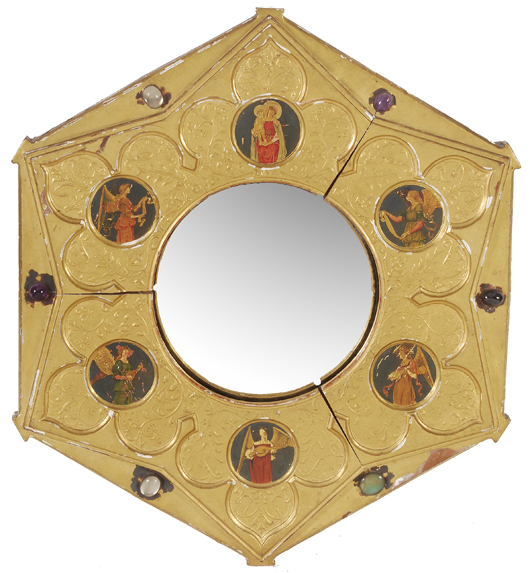
Joseph Edward Southall RWS (1861-1944), a convex wall mirror. Dreweatts & Bloomsbury Auctions image. 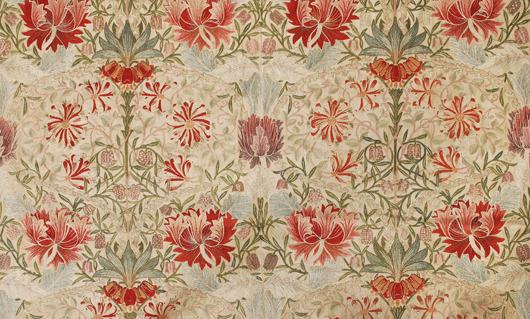
‘Honeysuckle,’ an Arts & Crafts embroidered curtain or wall hanging by Morris & Co. Dreweatts & Bloomsbury Auctions image. 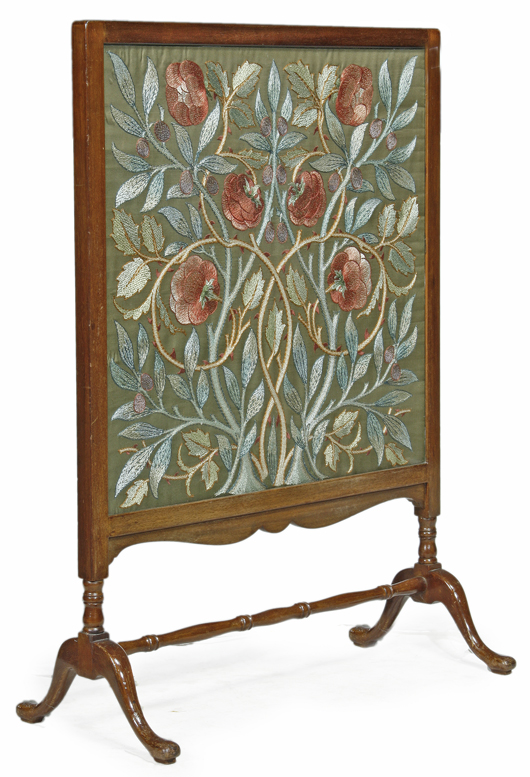
‘Rose and Olive,’ an Arts and Crafts floral silkwork panel set into a firescreen by Morris & Co. Dreweatts & Bloomsbury Auctions image. 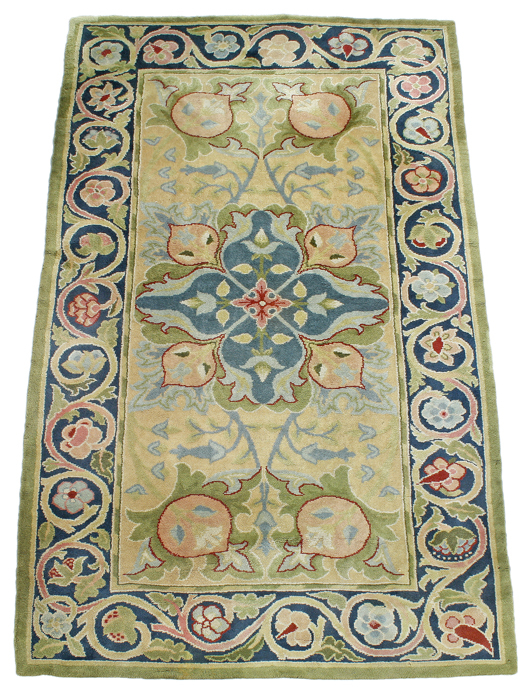
An Arts and Crafts hand knotted carpet by Morris & Co. Dreweatts & Bloomsbury Auctions image. 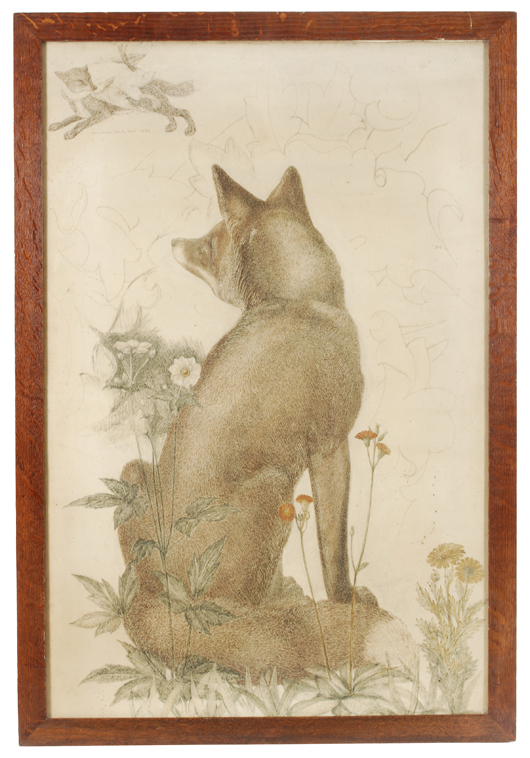
Philip Webb (1831-1915), the drawing of a fox for the Morris & Co. tapestry ‘The Forest.’ Dreweatts & Bloomsbury Auctions image. 
Philip Webb (1831-1915), the drawing of a hare for the Morris & Co. tapestry ‘The Forest.’ Dreweatts & Bloomsbury Auctions image. 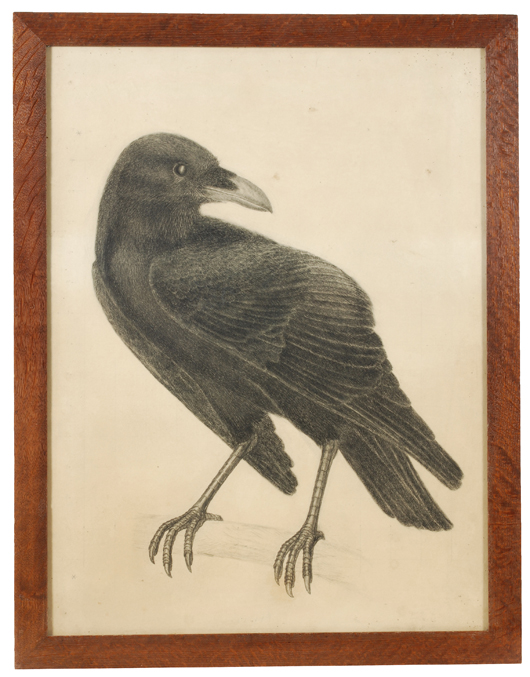
Philip Webb (1831-1915), the drawing of a raven for the Morris & Co. tapestry ‘The Forest.’ Dreweatts & Bloomsbury Auctions image. 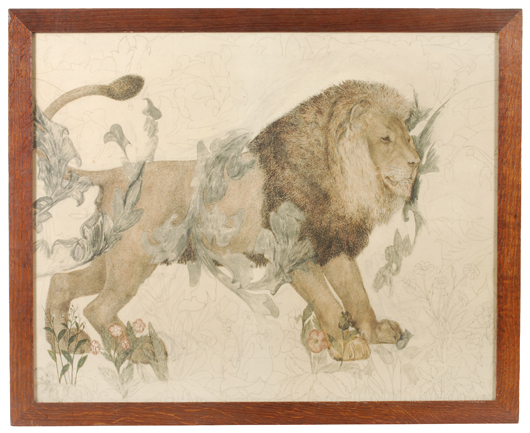
Philip Webb (1831-1915), the drawing of a lion for the Morris & Co. tapestry ‘The Forest.’ Dreweatts & Bloomsbury Auctions image.


